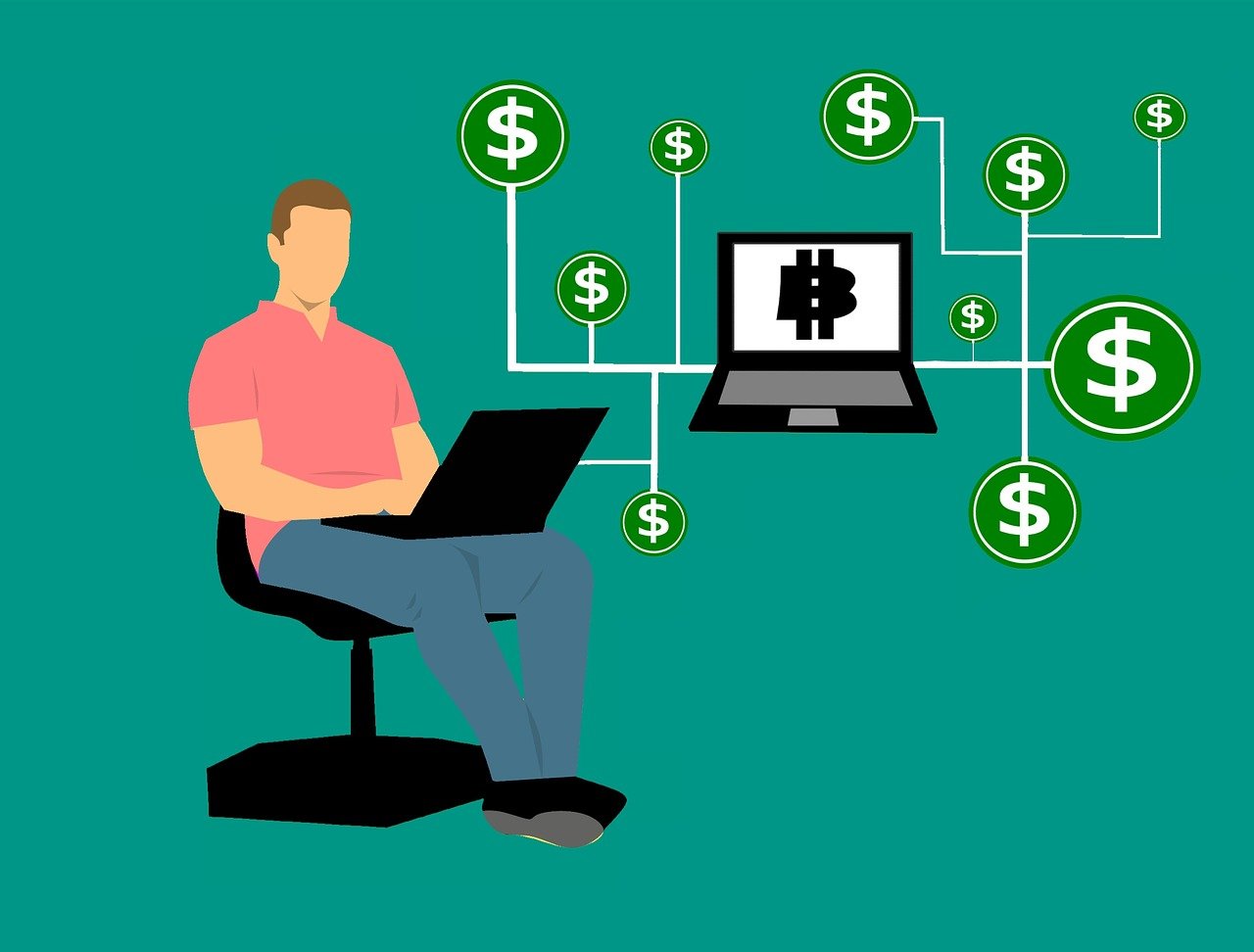With the popularity of Bitcoin, many just want to buy it and are surprised when they encounter a miner’s fee. In order to fully grasp what a miner’s fee is and why one needs to pay it, it is imperative to get a basic understanding of how Bitcoin transactions are processed. This article is sort of a Bitcoin for beginners’ guide to mining, which is the process by which peer-to-peer transactions are verified and secured.
What is a transaction?
The fundamental function of a Bitcoin transaction is to transfer ownership of coins from one person to another; hence, the term peer-to-peer exchange. In order to successfully facilitate the transfer of coin ownership, the old owner has to digitally sign a cryptographic hash of the preceding transaction and the public key of the new owner. Cryptographic hashing helps secure the transaction. The old owner can verify the digital signature to ensure a chain of ownership is valid. To prevent double spending, transactions are time-stamped and publicly broadcasted to the Bitcoin network and must be accepted by a majority of the honest nodes as valid. This way, only the earliest transaction of a double spent coin counts.
How does mining work?
Once a transaction is completed, it is then inserted into a block of data in time-stamped order. Once this block is full, it is attached to the previous block and a copy of its metadata (block header) is stored in the newly added block. This forms what is called a blockchain, which is a globally distributed ledger that is public in nature.

The Bitcoin network is composed of honest nodes or servers connected to each other in a distributed small-world network. Nodes use a very sophisticated process of verifying and securing transactions in order for them to be added to the blockchain. This process is referred to as mining, and each node acts as a miner. Miners are required to have skin in the game so to speak so they are asked to provide a consensus algorithm called “proof of work” (PoW) which shows they are financially committed to the network.
To provide a Bitcoin for beginners’ explanation, PoW provides an environment wherein miners compete to be able to win the right to add a new block to the blockchain. In order to win, they need to solve a very complex mathematical equation that needs a huge amount of computing power and financial capital to operate. After a solution has been found by a miner, it will be broadcasted to the network. Even though the mathematical problem may be difficult to solve, the solutions can easily be verified by other miners. Once a consensus has been reached that the solution is correct, the block can then be added to the public database of transactions, which is the blockchain.
Also Read: How To Buy Bitcoins In The Netherlands?
What are the miner’s fees?
In the early years of Bitcoin, miners can just use a home computer to complete transactions and blocks. However, as the Bitcoin network grew, the mining algorithm is continually recalibrated in difficulty. It is much harder now to solve the mathematical equations; thus requiring more specialized computing equipment that is maintained in professional-grade data centers. This requires manpower; and added to the cost are overhead costs such as utility bills.

Because it costs a lot of money to become a successful miner, Bitcoin rewards them with incentives in the form of newly minted coins and fees for every transaction made. This is why one has to pay miner’s fees in order to transact with Bitcoin.
This Bitcoin for beginners’ guide to how transactions are processed is simplified. There are actually a lot more computational processes that go into mining. Check out the more detailed explanation guide here.
Also Read: An All-Inclusive Note on Bitcoins

